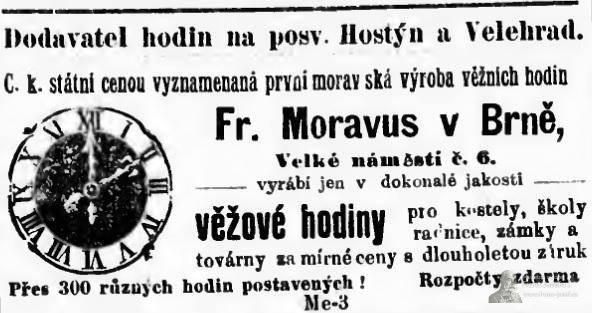Celebration of the royal jubilee in Kněždub.
The village of Kněždub (185 m.a.s.l.) currently has 1,100 inhabitants - it lies in a mosaic of orchards, fields and vineyards at the foot of Šumárník hill (398 m.a.s.l.). It is located approx. 5 km from the town of Strážnice and 10 km from the town of Veselí nad Moravou. The dominant feature of the village is the church of St. John the Baptist from 1898, built in the pseudo-Gothic style. The interior of the church is painted in an unusually modern style. by the painter Vojmír Vokolek. At the end of the 19th and 20th centuries, well-known regional artists were inspired by the beauty and richness of local traditions and costumes - painters Joža Úprko and Antoš Frolko, as well as Úprko's brother Franta - a sculptor, who have their birthplaces here. All are also buried in the local cemetery called "Slovak Slavín."
Celebration of the royal jubilee in Kněždub.
The construction of the jubilee road in Výhon was started right in the spring; when the citizens of Kneždub come back from America, they won't even recognize Výhona; in the place of the bottomless road, where it was dangerous to drive during the great drought, there is now a beautiful, straight road. The second monument of this jubilee is a new concrete bridge and it was needed like salt. The third monument of the imperial jubilee was completed, when on Friday 24th of Čevence t.r. the new clock began to show and announce the time. The dedication table reads:
" To celebrate the 60-year (1848 – 1908) jubilee of J.V. emperor and king Francis Joseph I. at the expense of the mayor, these clocks were built under the pastor dp. Jindřich Živný, mayor Mr. Mart. Miroš, head teacher Mr. Jos. Brno in July 1908″.
The credit for these jubilee monuments should be attributed only to Mr. Mayor Mart. Mirosh. Alright, Mr. Mayor and citizens of Kněždubště. With these monuments, you honor your sovereign, you set a beautiful example of respect for the sovereign to your descendants, and at the same time you decorate and elevate your village. The clock is from the well-known Moravus company from Brno.
So this article appeared in Slovácké Noviny on Wednesday, August 5, 1908.


